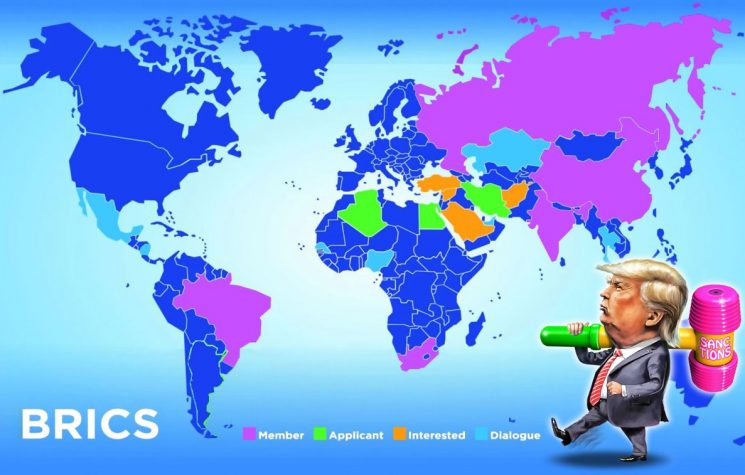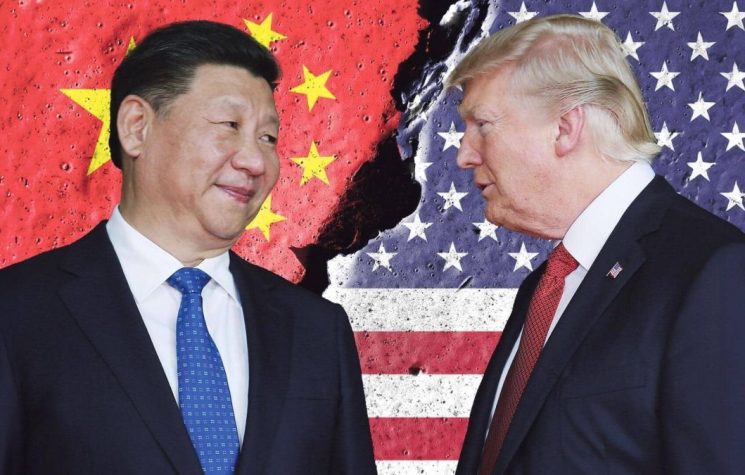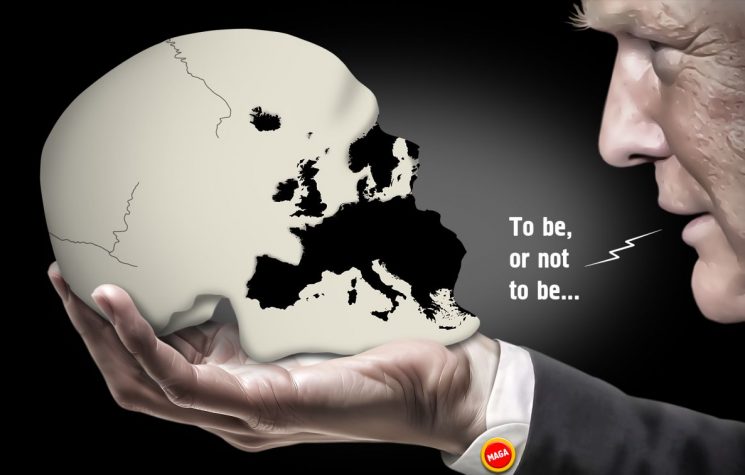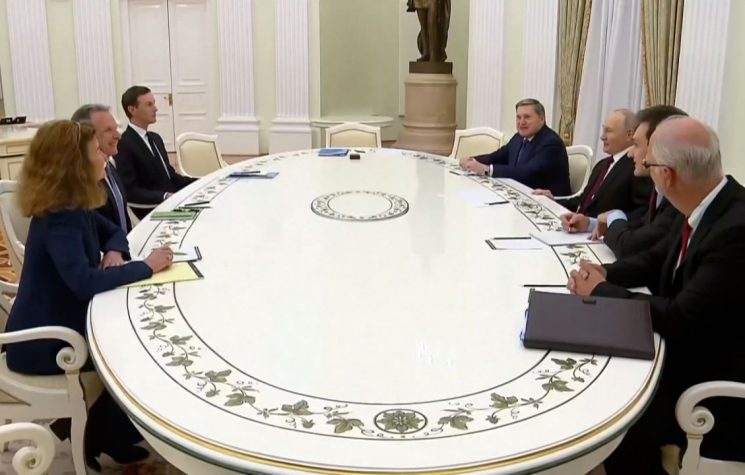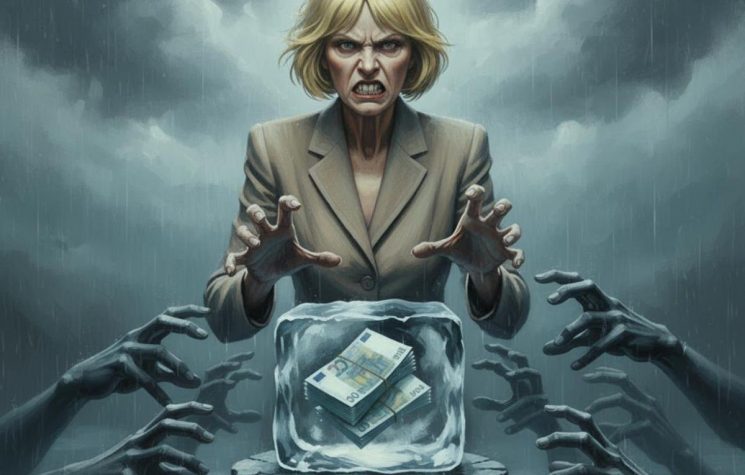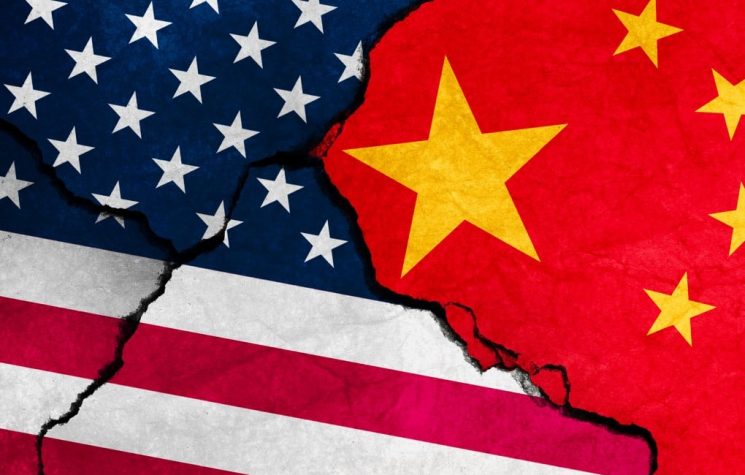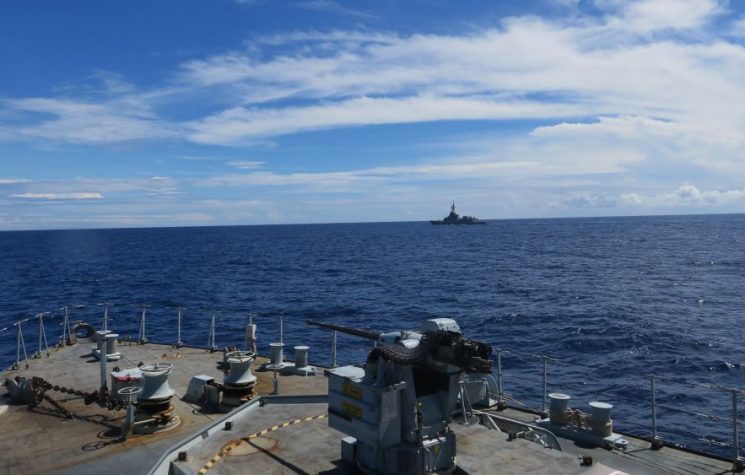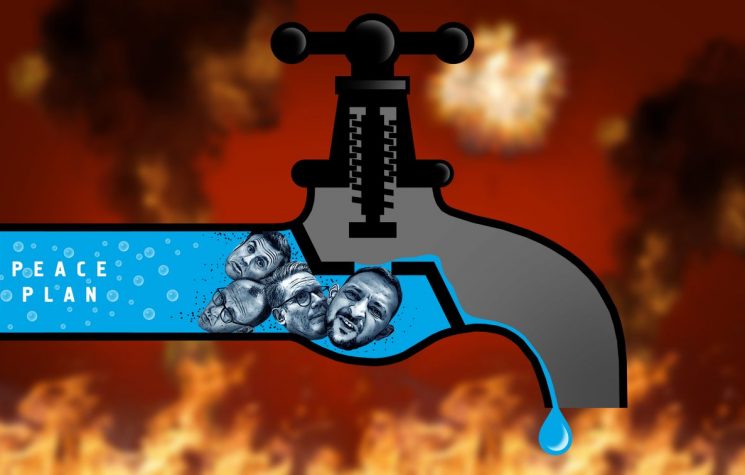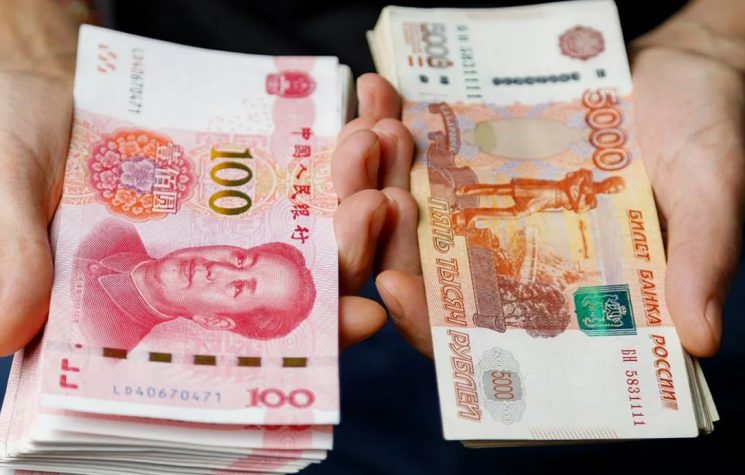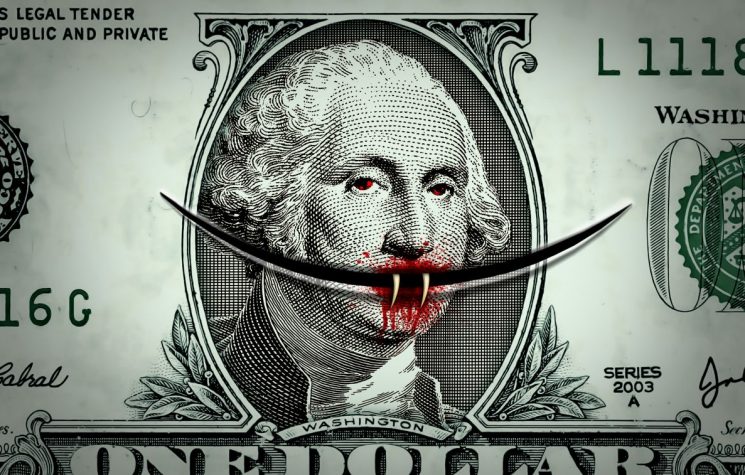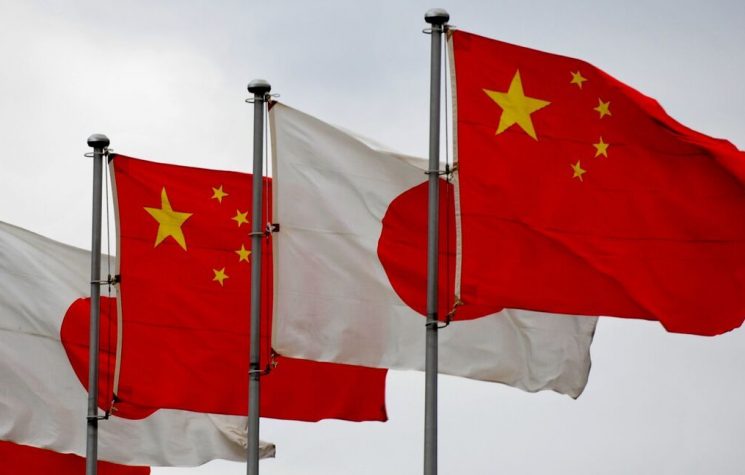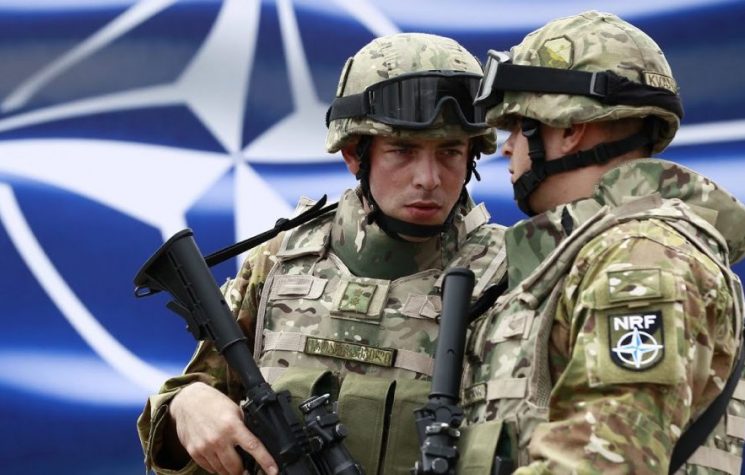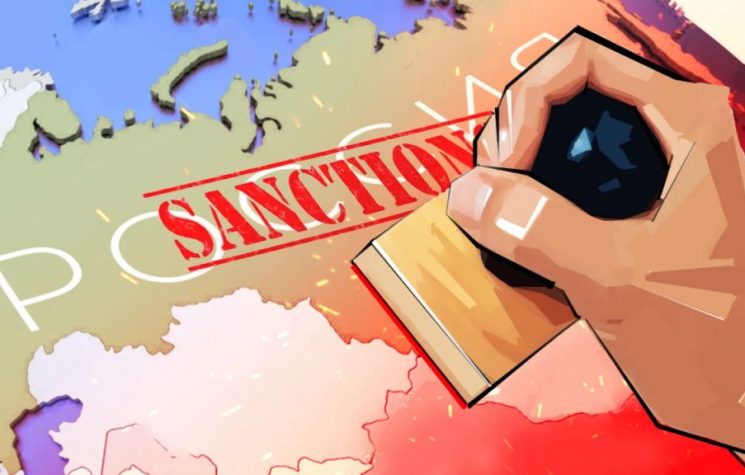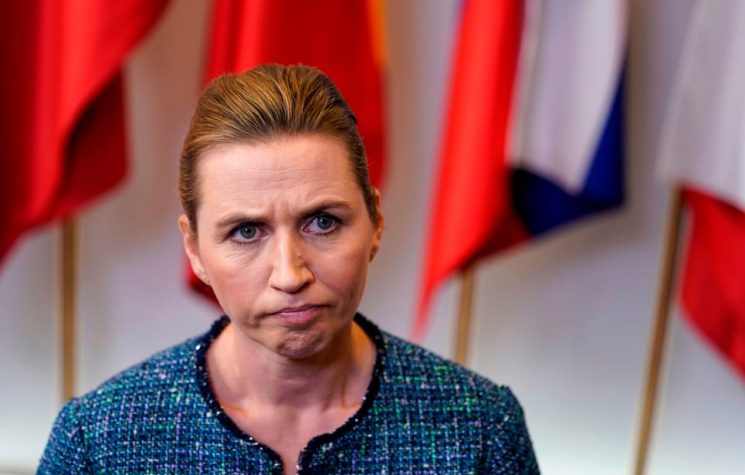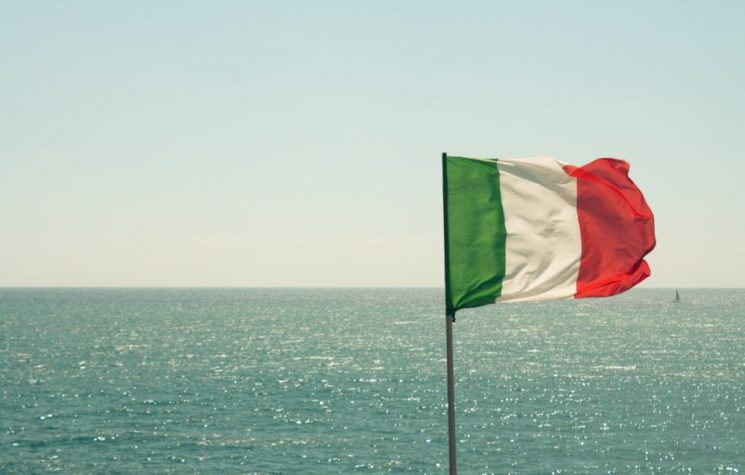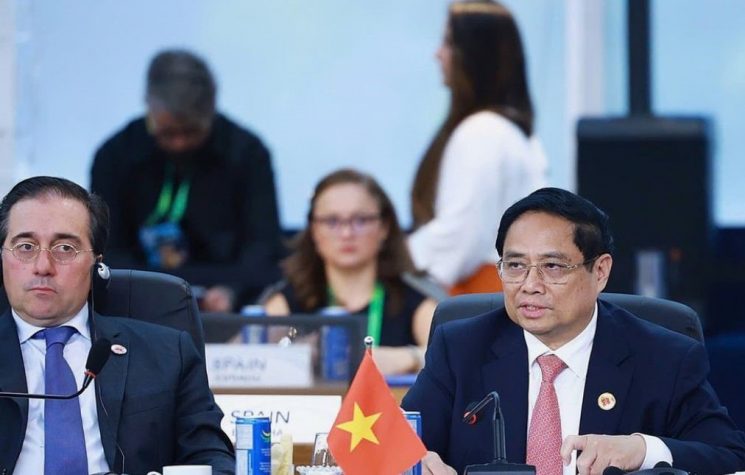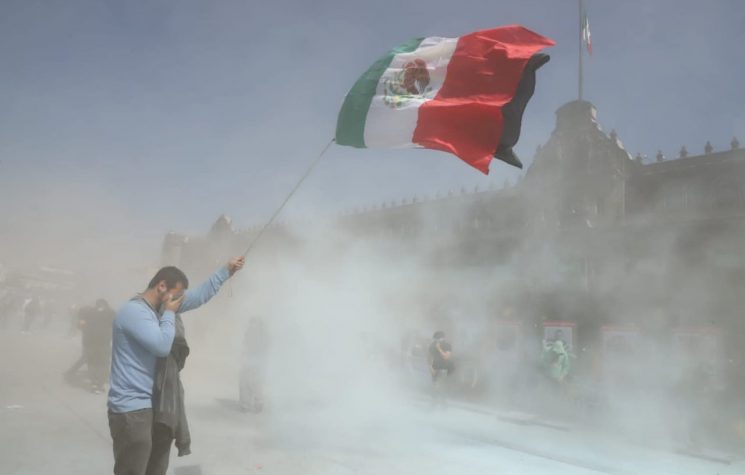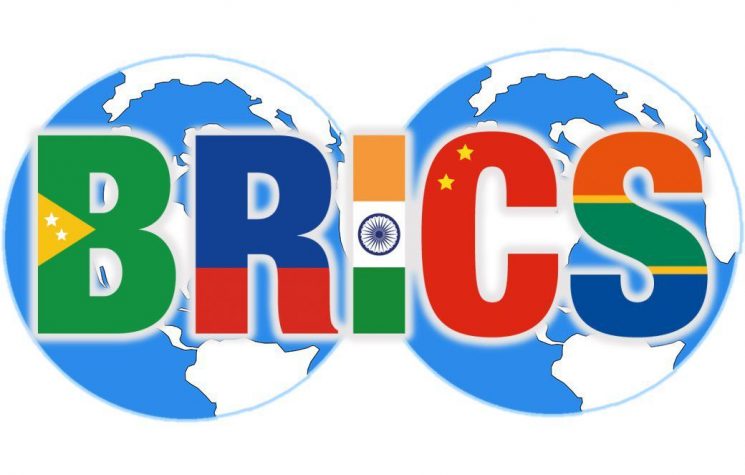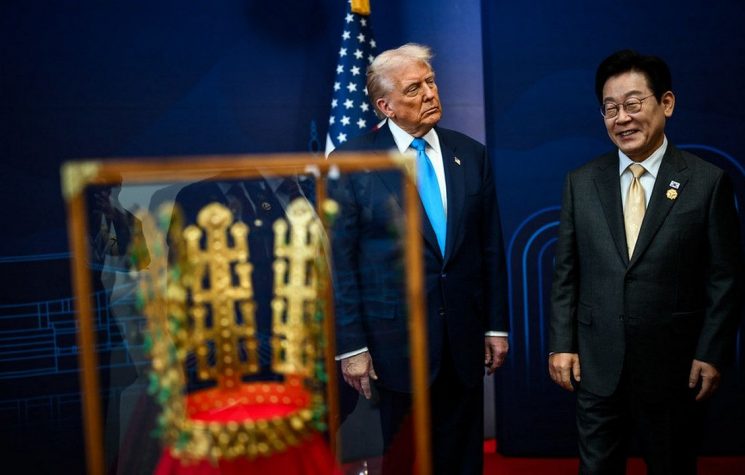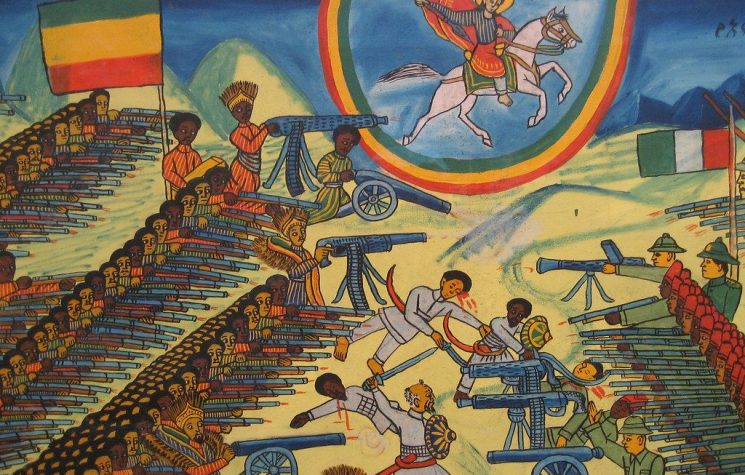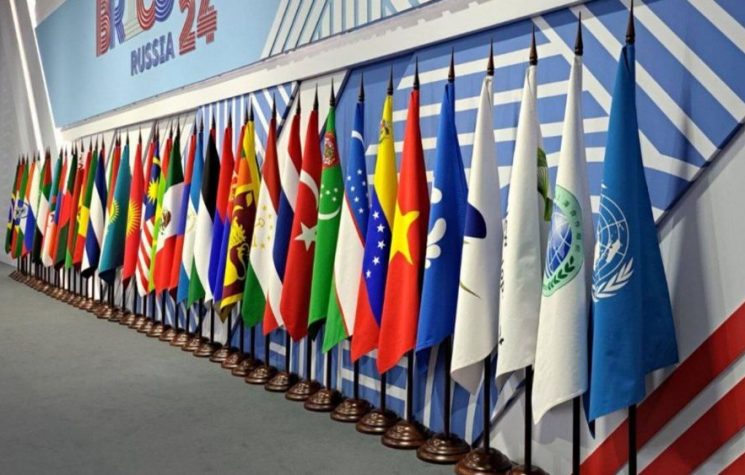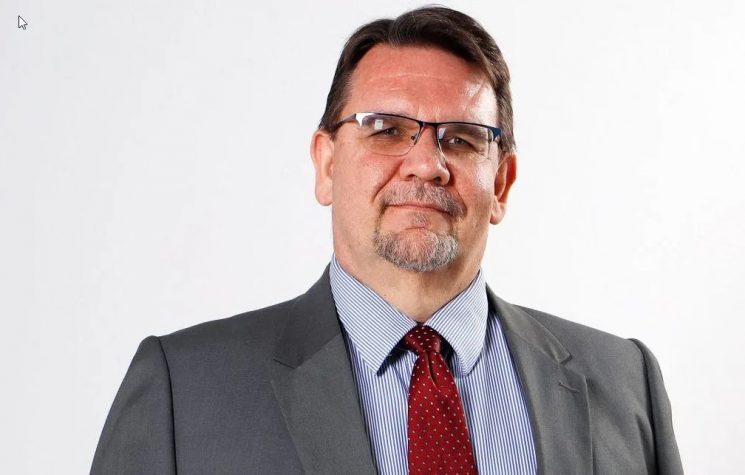The Kazan lab has laid out several geoeconomic road maps, and is seriously taking the inevitable roadblocks into account.
Contact us: info@strategic-culture.su
We will need weeks, months, years to fully grasp the enormity of what took place in Kazan during the annual BRICS summit under the Russian presidency.
For the moment let’s cherish arguably the most appropriate definition of BRICS as a laboratory of the future: this lab, against nearly insurmountable odds, is actively engaged in creating a Sovereign Harmonious Multi-Nodal World.
Of course the challenges are immense. In his post-BRICS assessment, when addressing the sustainability of supply chains, Deputy Foreign Minister Sergey Ryabkov – the top Russian sherpa throughout the year, performing impeccably – stressed the “unacceptability of illegitimate unilateral sanctions applied by the Western group against many members of BRICS, linking sanctions with the climate agenda and human rights.”
This is only one of several topics of contention that the BRICS insist must be addressed as part of a – possible? – deep reform of the current system of international relations.
The extremely detailed – and quite polite – Kazan Declaration, outlining all that needs to be reformed, may not have been forceful enough to assuage the mounting anger and perennial fears expressed non-stop by the Global Majority.
Criticism that the Kazan Declaration in many aspects just replicates silver-wrapped blah blah blah peddled by the G7 and the G20 (whose summit, next month in Rio, is actually being hijacked by the G7) does proceed.
For a number of reasons, including internal disagreements, the BRICS – defined by President Putin as not an “anti-Western” but a “non-Western” group – are proceeding with extreme caution not to directly antagonize that dangerous cornered animal, the “rules-based international order” Hydra.
The Kazan Declaration is not a revolutionary document; rather it is a letter of intentions for the whole Global South.
It does not go against “global governance” and the “central role of the UN” – as much as the UN has been reduced to an empty shell, coerced by its dodgy deals with the World Economic Forum (WEF), WHO and NATO.
It does not go against the leading role of the IMF in global finance.
It does not go against the UN Agenda 2030 – redacted by the WEF and the Davos gang – for sustainable development supported by hazy “shareholders”, an euphemism for Big Pharma, Big Tech and Big Banking.
It does not go against the WHO and its “central coordinating role” in solidifying the “international pandemic prevention, preparedness and response system” – as in the next pre-planned/predicted pandemic is just around the corner.
And it does not go against the dreaded UN Pact for the Future, which is essentially the softly softly implementation of the Davos-penned Great Reset.
Lab moving to testing models non-stop
What must be scrutinized from now on is the “devil in the details” process of establishing facts on the ground – as in President Putin in Kazan suggesting a new BRICS funding/financing platform bypassing the IMF and the World Bank. That’s what establishing a post-Bretton Woods system means in practice.
It’s still a long way away. Kazan is just the departure station for the journey. When the BRICS+ high-speed train gets there – the current 9, plus still indecisive Saudi Arabia, plus the 13 new partners – it will be imperative to form a BRICS secretariat, and develop a joint, integrated Economic Development, Trade, and Defense policy.
And then, arguably in the next decade, the BRICS may finally agree on a New Reserve Currency – which may be called the virtual BRICS currency -, quite similar to the IMF’s SDR (Special Drawing Rights) mechanism, but totally independent from the IMF and the U.S. dollar: a currency based on the weighted average of all BRICS nations’ currencies.
Yaroslav Lissovolik has been a crack analyst of the BRICS evolution since the past decade. In a working lunch in Moscow nearly six years ago, he offered me a concise presentation of his idea of creating a BRICS currency called 5R – then based on the ruble, renminbi, real, rupee and rand.
Lissovolik has noted how BRICS in Kazan have expressed support to the WTO “as the core of a rules-based multilateral trading system” (translation: not rocking the boat for the moment).
BRICS also expressed support for the IMF “that is at the center of the Global Financial Safety Net of the world economy” – while asking for “expanding the share and the representation of the Global South” (that will fall on deaf Hegemon ears). BRICS also supports the G20 (let’s see what transpires in practice at the summit in Rio next month).
When it comes to the NDB – the Shanghai-based BRICS bank – now that’s where the action should be. Lissovolik noted how BRICS is making the right moves: asking for greater use by the NDB of national currencies (for the moment it’s a pitiful less than 30%); and inciting it to attract more members and finance more projects across the Global South.
When it comes to the BRICS’ Contingency Reserve Arrangement (CRA), Lissovolik correctly notes there’s still too much to do. The CRA, as the joint statement by the BRICS Finance Ministers and Central Bank Governors issued a week before Kazan has outlined, offers financial support “during the times of balance of payments crises and safeguards their economic stability”. What the BRICS need to do, fast, is to incorporate all the currencies of the 9 members to the basket.
Finally there’s the Holy Grail: cross-border settlements. As I examined here – and that was plain to see in Kazan – BRICS are still in the stage of discussing and testing models. They are all on the table now – and quite a few will be tested within the next few months.
Lissovolik pointed to three “tracks” that should pick up speed as fast as possible: trade liberalization (ongoing); BRICS single currency (still a long way away); and “cooperation among the Central Banks of BRICS economies in the sphere of CBDC inter-operability” (the Russian Ministry of Finance is ahead of everyone on it; breakthroughs expected soon).
Welcome to the BRICS North-South New Silk Road
The big BRICS breakthroughs are on geoeconomics – all revolving around connectivity corridors.
First and foremost, the International North-South Transportation Corridor (INSTC): multi-modal (ship, rail, road); 7,200 km long; crisscrossing Eurasia, de facto connecting the Baltic – and the Arctic – via the Caspian with the Persian Gulf and the Indian Ocean.
Strategically, the INTSC not only connects three top BRICS – Russia, Iran, and India – but further on down the road, also Armenia, Azerbaijan, Kazakhstan, Kyrgyzstan, Tajikistan, Turkiye, Ukraine (post-war), Belarus, Oman and Syria, with Bulgaria as an observer member. The INSTC will have three major axes: Western (Russia-Azerbaijan-Iran); Trans-Caspian (via the Russian ports of Astrakhan and Makhachkala); and Eastern (Russia-Kazakhstan-Turkmenistan-Iran by rail).
Call it the BRICS North-South New Silk Road. It’s no wonder that Putin in Kazan singled out the INTSC – alongside the Arctic Silk Road (that’s the Chinese denomination) – as the top two developing connecting corridors of the future. The INSTC will allow transit time cargo of only 15 to 24 days, compared with 45 to 60 days via the Suez Canal.
Then there’s the East-West Transport Corridor – encompassing Russia, China, Mongolia, North Korea and Kazakhstan, based mostly on the 10,000 km long Trans-Siberian Railway, soon to be upgraded. And of course the Mongolian Steppe Road, planned ten years ago and bound to include a 997 km long Russia-China expressway.
On top of all these three corridors, Russia wants to shape a variant: a Central Eurasia Transport Corridor from Russia to Mongolia and Xinjiang in China, in fact upgrading the Trans-Mongolia Railway, a branch of the Trans-Siberian that starts in Russia near Ulan-Ude, in the lands of the Buryats.
The Northern Sea Route – the Russian terminology for the Arctic Silk Road – is totally freaking out the NATOstan sphere and its Nordic Council, which are predictably way behind Moscow in developing Arctic infrastructure and only obsessed with militarization.
Putin has not ceased to stress the Russian federal push for the construction/upgrading of Arctic airports, ports and air defense as well as the astonishing ramping up of the size – and scope – of the Russian nuclear and diesel icebreaker fleet, plus the launch of space-based Arctic monitoring systems.
Last but not least, Russia’s BRICS partners have been heavily encouraged to be on board of economic and scientific cooperation projects across the Arctic.
So in a nutshell, the Kazan lab has laid out several geoeconomic road maps, and is seriously taking the inevitable roadblocks into account. What matters is that the high-speed train has already left the Kazan station; now it’s just a matter of picking up inexorable, irreversible speed.










